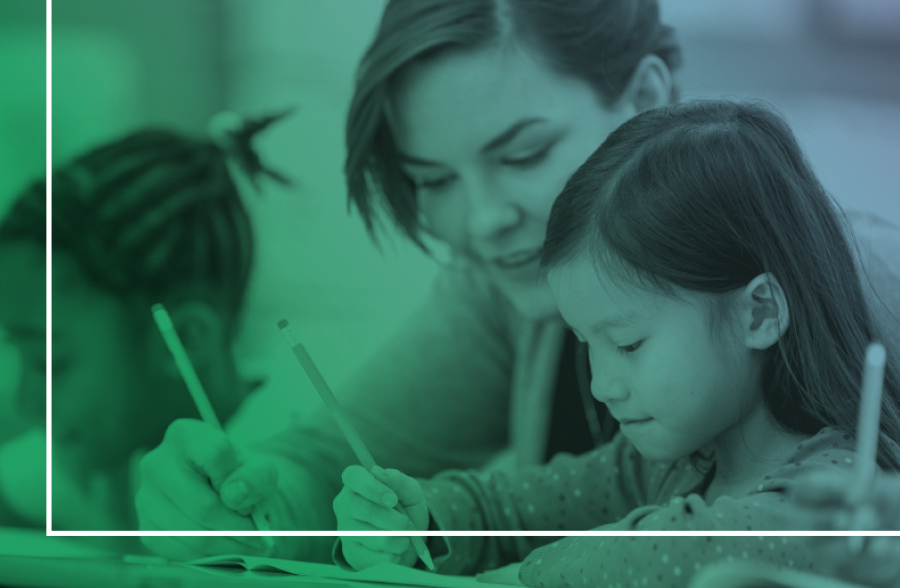


 he term “model minority” was first used in 1966 by sociologist William Petersen in an article about Japanese American assimilation, and continues to persist based partly upon wide-ranging data showing that Asian Americans tend to hold higher degrees and earn larger incomes than the general population. For instance, a 2017 report released by the U.S. Census Bureau said that more than 55 percent of Asian Americans currently hold a bachelor’s degree or higher, compared to just over 33 percent of the general population.
he term “model minority” was first used in 1966 by sociologist William Petersen in an article about Japanese American assimilation, and continues to persist based partly upon wide-ranging data showing that Asian Americans tend to hold higher degrees and earn larger incomes than the general population. For instance, a 2017 report released by the U.S. Census Bureau said that more than 55 percent of Asian Americans currently hold a bachelor’s degree or higher, compared to just over 33 percent of the general population.
In reality, Asian Americans represent incredibly diverse communities with different ethnic, socioeconomic, historic and migratory characteristics. When taken as a whole, struggling groups within the population are rendered invisible. Take the example above, where it is cited that over 55 percent of Asian Americans currently hold a bachelor’s degree. Digging a little deeper produces a very different picture: only 14 percent of Laotian, 17 percent of Hmong and Cambodian, and 27 percent of Vietnamese Americans have a bachelor’s degree or higher. While 86 percent of Asian Americans have completed their high school education — slightly above the national average of 85 percent — Southeast Asian Americans have significantly lower rates. For example, 61 percent of Hmong Americans have completed a high school education.
These two examples highlight why it is imperative for local educational agencies to disaggregate data sets for Asian Americans to target supports to high-need student groups. And districts such as Fresno Unified and Oakland Unified are leading the way with exemplary programs and supports that are reversing this dismal data.
Large portions of the Southeast Asian populations in California — particularly those from Cambodia, Laos and Vietnam — arrived in the U.S. as refugees, bringing with them very different needs than more established Asian groups that have been in the country for several generations. These refugees face many challenges to attaining success in the U.S., including language and socioeconomic barriers.
“For us, education is one of the three major pillars for equity,” said Dinh. “We need our students and communities to be seen and served, and so often our communities’ needs have been masked and have been invisible. So many of our education opportunity gaps have continued to persist, despite being here in the U.S. for over 40 years.”
Looking deeper into the data, as the American Center for Progress did in a 2014 study, reveals that Asian Indians and Filipinos have the highest levels of household income, which aligns with their relatively high levels of education, and can also be attributed to the ways in which they came to this country, often seeking employment based upon in-demand skill sets. On the other end of the spectrum, Southeast Asian Americans have the lowest levels of household incomes for Asian Americans, in some cases, such as with Hmong Americans, experiencing poverty rates at more than double the national average of 11 percent.
“We know there are high-end mental health challenges and other health issues within Southeast Asian families,” she said. “These issues are going unaddressed and are impacting their educational experiences.”
These factors play into the ability of affected Asian subgroups to obtain optimal outcomes in K-12 and go on to attend college and/or a successful career. Language and poverty barriers exacerbate problems as students try to navigate through the system themselves. But with the awareness that disaggregated data can provide, and with proper supports in place, students in these communities can and do thrive.
APISA Initiative Director Lailan Huen began with a three-month-long listening campaign in fall 2017, assembling 30 listening circles with hundreds of API students, families and community-based organizations; individual sample interviews; and 500 surveys to better understand student needs and shape the initiative’s activities and focus areas.
“It took a year to uncover all of the data because the state and federal government are really limited in the categories they collect,” said Huen. “The listening campaign work has really informed every decision we make, from what we program to what we will focus on going forward.”
The data showed that Arabic-speaking (the API office includes the Middle Eastern community), Pacific Islander and Cambodian students were most at risk academically, and that 58 percent of 500 surveyed API students did not feel safe at schools. The office has made a series of recommendations that will soon be presented to the school board and address issues such as a lack of connection with the curriculum; limited translation that inhibits families from engaging in their students’ education and access to teachers and other staff; and the inequitable access to college preparation.
The APISA Initiative has already begun much of the cultural groundwork that is necessary to nurture a sense of belonging in the community — something students in the listening circles did not feel. The office is working with college fellows to develop Southeast Asian curriculum currently missing from textbooks; leading equity, implicit bias and culturally responsive practices professional development workshops; and collaborating with restorative justice and sanctuary schools task forces to raise awareness and healing for Cambodian students and families who suffer from intergenerational trauma.
Fresno USD trustee Valerie Davis reflected on the success of the district’s Hmong students and emphasized the importance of listening to the voices of the community. She recalls how a report from the English Learner Taskforce in 2010 brought the district awareness of the needs of the Hmong community. The task force recommended investments into building Hmong heritage and language courses. “That was the spearhead,” said Davis. “It all started with the board saying, ‘How can we better serve our students?’”
“We have really strong partnerships with our community-based organizations that allow us to provide a kind of wrap-around service to the community,” said Herr. “We also partner with [Cal State] Fresno University in a program called ‘Journey to Success,’ where our students can hear from people that look like them that have been successful in college and careers, so the kids have that connection.”

“Our mission is to empower and get our Asian families to support student achievement,” said Parent University manager Maiyer Vang. “We do that by providing our parents with learning courses to navigate the resources that we have to offer.”
Aside from its core curriculum, Parent University also convenes focus groups to create programs the community says its needs. For example, a current group is focusing on families of Hmong students with GPAs of 2.5 or lower in order to not only make the parents aware, but to collect feedback on ways to help these students get on target to graduate. Other Parent University activities include a District Advisory Committee that provides feedback on the district Local Control and Accountability Plan. Yet another function of the Parent University is to connect families with mental health and wellness services offered through community organization partnerships.
“California is home to the biggest immigrant communities in the nation,” said SEARAC Executive Director Dinh. “It’s also home to the biggest Southeast Asian community in the nation. By reporting disaggregated data, California can really show its leadership in being serious about understanding what equity looks like for diverse communities across the state. And if California is able to make a dent and shift equity in its communities, it can go a really long way — not just in the state, but as a national example.”
Kimberly Sellery is managing editor for California Schools.